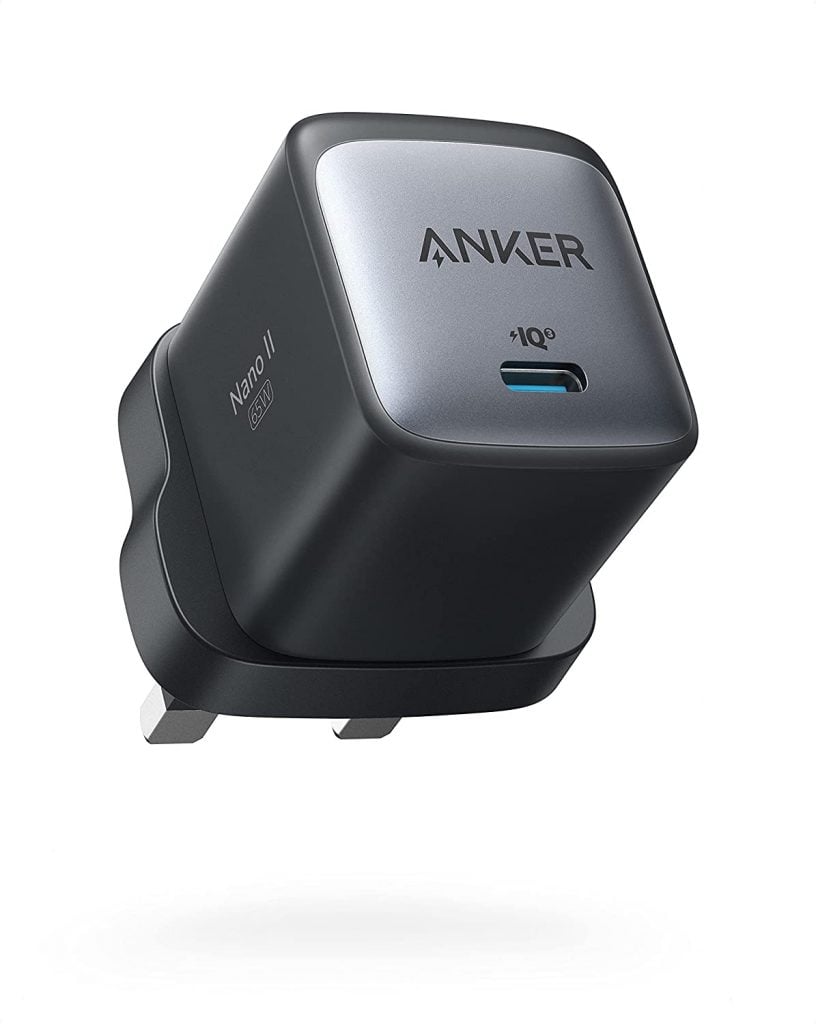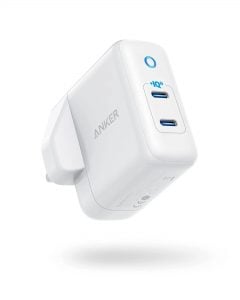
How to Prolong Your Smartphone’s Battery Life? Little Tips
You may find plenty of pieces of advices on how to properly charge your phone. Often the advice in these articles contradicts each other. One thing is for sure. If you use a phone, it is in “sleep mode”, put it on a charge, even if you turned it off completely – at this time, the battery slowly fails. Therefore, our main task is to make sure that the battery lives and retains an acceptable capacity for as long as possible. Each cycle of discharge and charge of the battery, gradually “kills” it, leads to a decrease in capacity, and ultimately to battery failure.
A new smart phone battery, after approximately five hundred full charge-discharge cycles, can lose up to 25% of its capacity relative to the initial one. If the phone is used in the “semi-strained” mode, in which it will be necessary to charge it once a day, then after a year and a half you will notice that the battery capacity has dipped and it will need to be charged more often. Further, the process of capacity loss accelerates. Though not like an avalanche, it is accelerating, and approximately the next 25% of the battery capacity can be lost after three hundred subsequent full charge and discharge cycles. That’s why we’ve created a couple of ideas on how you can save your smartphone’s battery.
Temperature
The ideal ambient temperature while charging a smartphone is about +20 degrees. But just as nothing is perfect in life, it is desirable (or rather even necessary) to charge the phone at an ambient temperature not lower than +10 degrees and not higher than +40 degrees. Therefore, if you entered the room from a frost, then you do not need to immediately put your smartphone on charge. Let it stay at room temperature for a while, and then you can already charge it. But in the summer, you should avoid overheating and in no case leave the gadget while charging in direct sunlight.

The full charge option
Do not allow the battery to fully discharge to 0%. If the battery is completely discharged, then at the beginning of its charging, although the controller limits the voltage supplied to it, a sharp increase in the temperature of the battery is still possible, which may result in battery failure, fire, or rupture of the case.
Charging tactics
Here, too, there is no consensus among experts, but “20-80” is considered the best tactic. This means that it is recommended to discharge the smartphone to no more than 20%, put it on charge and charge up to 80%. It would seem not a problem, but two nuances emerge. The first is whether a 60% charge is enough for the whole day. The second is how to track when the smartphone is discharged to 20% and charged up to 80%. In the first case, everything depends only on how intensively the smartphone is used. In the second case, special applications for Android can help, which will “inform” you when the battery reaches a certain percentage of charge.

If you use your smartphone while charging, then you are slowly “killing” the battery. During the charging process, the battery is also being discharged at the same time. This “swing” negatively affects the battery life of the smartphone.
To conclude, it is worth mentioning the proper charging device. Today the latest smartphones are sold without charging adapter, so it requires buying one. It is very important to find a high-quality one. For this we recommend visiting the Anker UK’s store to get it. Compliance with these rules will allow you to maintain the capacity and performance of the built-in battery and, accordingly, extend the life of your smartphone without the need for premature battery replacement.
WANT TO RECEIVE PERSONAL, STYLISH SUGGESTIONS TO YOUR EMAIL?
FILL OUT THE FOLLOWING FORM: